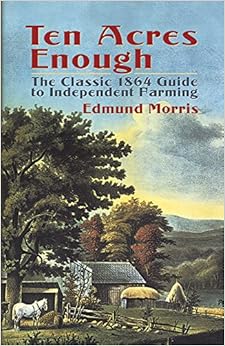Today, we will examine roughly the 1850s-60s with a wonderful painting of farmer and scythe.
This painting show's a farmer sharpening a scythe with coat and bottle in the bottom right hand corner. I love that he is wearing two shirts, with the over shirt rolled up, a practice I had often been told was what we in the reenacting call a "reenactorism" but have found several examples of it in painting and photographs of the period and in practical application I find it to be a very useful when working. Your arms feel less constricted and baggy and also...it just looks really cool. He's also wearing a straw hat of some kind, suspenders or braces, high waisted 1850s style trousers and leather boots.
I will be posting a series of these paintings and photographs detailing clothing of farmers and rural people covering the periods of the 18th Century all the way up to 1920. Please stay tuned for those.
-Jake




